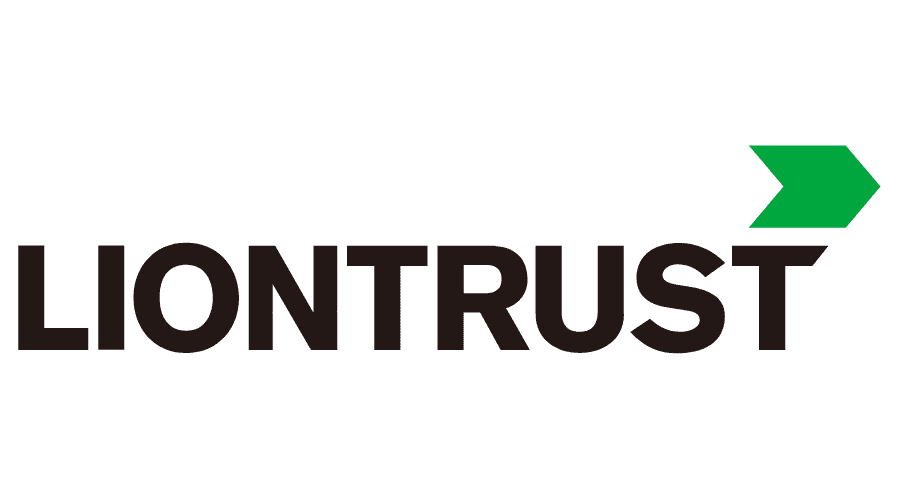Past performance is not a guide to future performance. The value of an investment and the income generated from it can fall as well as rise and is not guaranteed. You may get back less than you originally invested.
Diversification is a key part of successful multi-asset investing, and real assets offer attractive benefits in achieving this. By ‘real’, we mean tangible assets such as buildings, toll roads, solar and wind farms, and commodities like energy, livestock and grains which derive value from their availability and usability by consumers and businesses.
Liontrust’s MA Diversified Real Asset Fund (DRAF) invests in liquid real assets across a broad set of alternative sectors, such as infrastructure, renewables, gold and commodities, and gains exposure to property via specialist REITs. Not only do we think REITs provide greater and more reliable inflation hedging, but they also reduce the volatility of owning standalone property exposure. We do this in a daily dealing liquid format.
Given this context, what is our view of property as an inflation hedge? First of all, the good news is that property is linked to inflation via the indexation of leases. This allows rents to be explicitly linked to the two measures of CPI (Consumer Price Index) or RPI (Retail Price Index).
There are issues to be considered when investing in property, however. The inflation indexation may be done annually, or less frequently on a three-year basis, as well as at the time of lease renewal. This can result in a lead-lag relationship between how inflation feeds into year-on-year rental growth for the property company and the actual inflation that we observe today.
Not all leases will be indexed and some will be subjected to fixed uplifts and open market reviews, which is determined by supply and demand factors. If the inflation period coincides with an economic downturn, as we are seeing right now, the ability of landlords to negotiate an index-linked rent rise on the non-hedged portion diminishes, and the inflation linkage may be less strong.
The ability to pass through rental increases (for open market review leases) is also a function of particular sector dynamics. For example, we have seen greater pricing power versus other sectors in the logistics sector, which is undersupplied relative to demand.
From an investor’s perspective, it is also important to ensure that the cost basis is not rising faster than the top line income growth. This may be the case for highly levered property companies with a higher percentage of floating rate debt – the cost of which will also rise with inflation as interest rates rise. Therefore, an active and selective approach is needed.
Additionally, it should be noted that in the short term, macroeconomic factors such as rising rates and slowing economic growth can have a much more meaningful impact on share price valuations than the inflation protection element of the leases. Over the long term, we expect property to act as an inflation hedge, but in the short term this may not be the case.
Finally, the way investors access property can have an impact. For example, REITs offer daily liquidity but may have higher short-term volatility from time to time, while open ended property funds have faced a multitude of gating issues. In our view, the illiquidity in these funds becomes a more important consideration than any inflation hedging properties.

